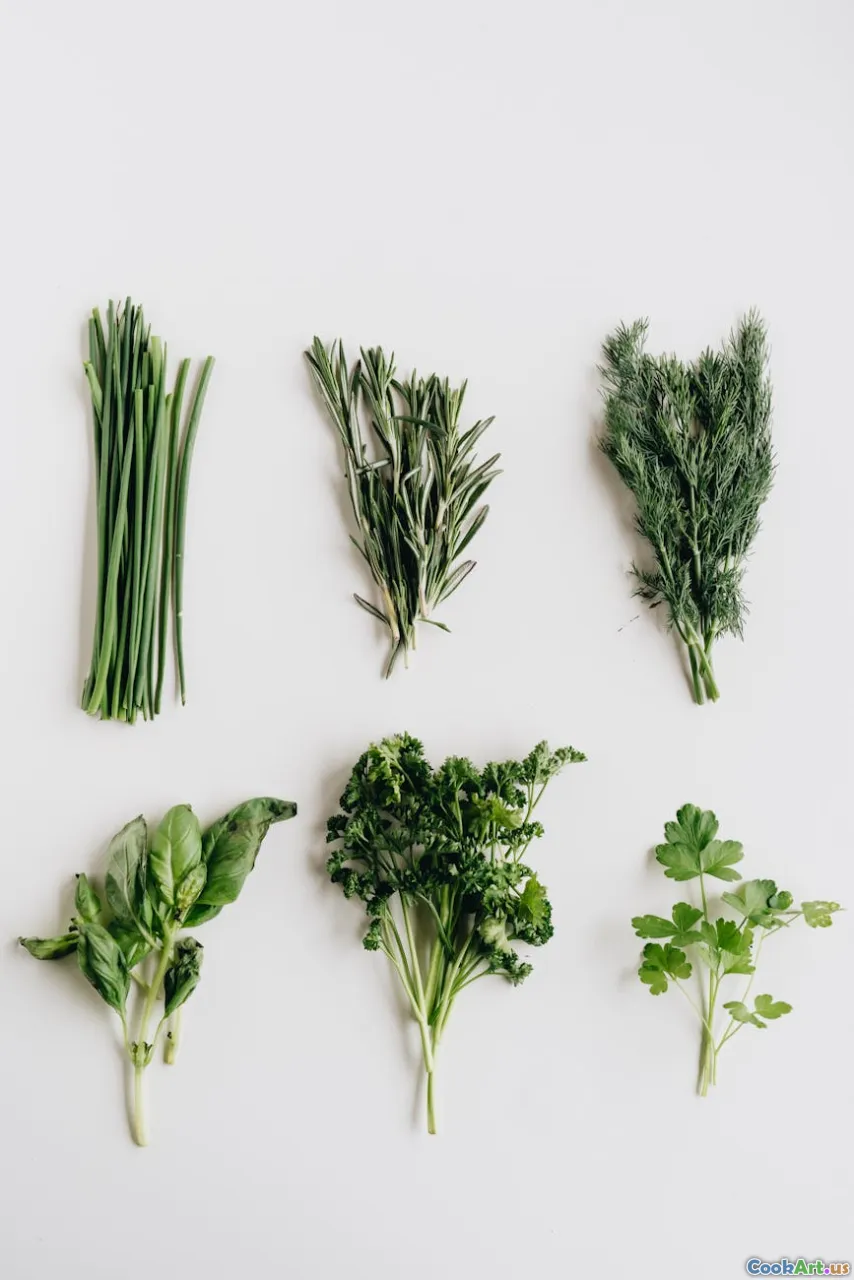Understanding Herbs and Spices for Flavor
5 min read Dive into the world of herbs and spices, discovering their unique flavors and culinary uses to elevate your cooking. April 15, 2025 19:00
Understanding Herbs and Spices for Flavor
Herbs and spices are the heart and soul of culinary arts, transforming simple dishes into extraordinary culinary experiences. Understanding how to use them effectively can elevate your cooking and engage your palate like never before. This article delves into the essential aspects of herbs and spices, their uses, and how to incorporate them into your cooking.
What Are Herbs and Spices?
Before diving deeper, let’s clarify what distinguishes herbs from spices:
- Herbs are the green, leafy parts of plants, often used fresh or dried. Common examples include basil, parsley, and cilantro.
- Spices are derived from other parts of the plant, such as seeds, roots, or bark. Examples include cinnamon (bark), cumin (seeds), and ginger (root).
Both herbs and spices play crucial roles in flavoring, coloring, and preserving food, but their applications and flavor profiles can vary significantly.
The Flavor Profiles of Common Herbs and Spices
Herbs:
- Basil: Sweet and aromatic, basil is a staple in Italian cuisine, perfect for sauces and salads.
- Cilantro: Known for its fresh and citrusy flavor, cilantro is widely used in Mexican and Asian dishes.
- Thyme: Earthy and slightly minty, thyme pairs well with meats and roasted vegetables.
Spices:
- Cumin: Warm and earthy, cumin is prevalent in Middle Eastern and Indian cuisines, adding depth to curries and stews.
- Turmeric: Bright yellow with a slightly bitter flavor, turmeric is often used in Indian cooking and is known for its health benefits.
- Paprika: Ranging from sweet to smoky, paprika is a versatile spice used in Spanish and Hungarian dishes.
The Importance of Freshness
The potency of herbs and spices diminishes over time. Here are a few tips to ensure you’re using the freshest ingredients:
- Buy in Small Quantities: Purchase herbs and spices in small amounts to ensure they are used while fresh.
- Store Properly: Keep dried spices in airtight containers away from light and heat. Fresh herbs can be stored in the fridge, ideally wrapped in a damp paper towel.
Cooking Techniques for Using Herbs and Spices
Infusion:
Infusing oils or liquids with herbs and spices can create complex flavors. For example, steeping garlic and rosemary in olive oil can enhance dressings or marinades.
Blooming Spices:
Adding spices to hot oil or fat at the start of cooking releases their essential oils, maximizing flavor. This is particularly effective with whole spices like cumin seeds or mustard seeds.
Layering Flavors:
Incorporate herbs and spices at different stages of cooking to build depth. For instance, add dried herbs early on and finish with fresh herbs to retain their vibrant flavor.
Cultural Significance of Herbs and Spices
Throughout history, herbs and spices have not only been used for flavor but also for medicinal purposes and as currency. The spice trade played a significant role in shaping global trade routes and cultures. From the aromatic allure of Indian curry to the fragrant herbs of Mediterranean cuisine, each culture has its unique way of using these ingredients.
Conclusion
Understanding the role of herbs and spices in cooking is essential for anyone looking to enhance their culinary skills. By learning how to select, store, and apply these flavor powerhouses, you can transform your dishes from mundane to magnificent. Embrace the adventure of experimenting with different combinations and techniques to discover new and exciting flavors in your cooking. Happy seasoning!









